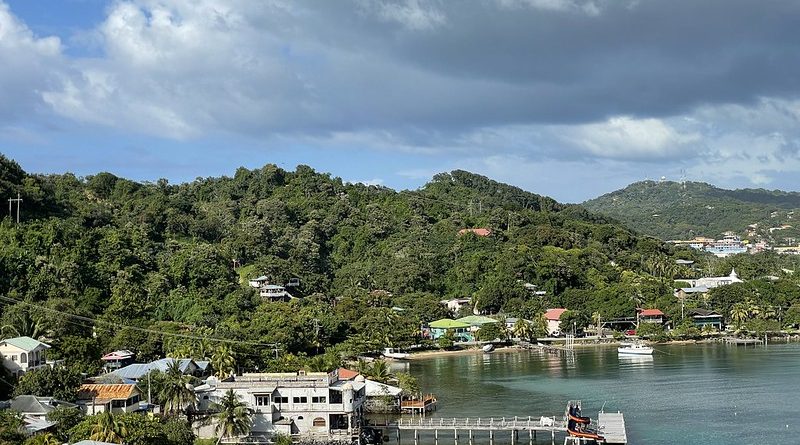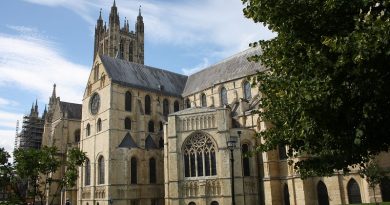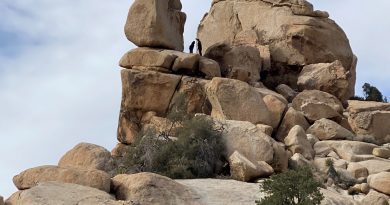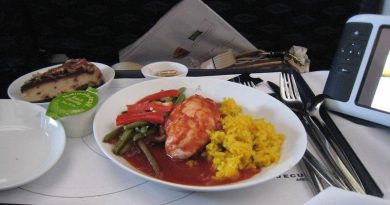Honduras Travel and History
Tegucigalpa
The Honduran capital – as noisy and busy as you’d expect a Central American city to be – is cradled in a bowl-shaped valley surrounded by pine-covered mountains and blessed with a cool, pleasant climate. It was named ‘silver hill’ (in the local dialect) when the Spanish established it as a mining settlement in 1578.
The city is divided into two by the Rio Choluteca with Tegucigalpa to the east and Camayaguela, a poor market barrio, across the banks of the river. Always poor, Camayaguela has become positively menacing as poverty levels have increased since Hurricane Mitch caused flooding that devastated the neighbourhood in 1998 and left 1000 people dead. The level of degradation is acutely depressing; there’s rubbish piled metres high and vultures circle overhead. A visit here brings you face to face with the human cost of Honduras’ struggling economy – be careful of your possessions in the market and at the bus terminals.
Tegucigalpa contains all the city’s attractions: several well-preserved colonial churches (notably the domed eighteenth century cathedral on the Plaza Morazán), interesting buildings like the Antiguo Paraninto Universitaria (now an art museum) and a smattering of lively parks. Wandering between these sites on the narrow streets of the old centre and encountering all manner of city dwellers is the main charm of the capital.
Copán
Copán is one of the best Mayan sites in Central America. What it lacks in size (compared with Tikal or Chichén Itzá) it more than compensates for in craftsmanship. Diego García de Palacio, the first known European to see the ruined city in the sixteenth century, commented that it was built with “such skill that it seems it could never have been made by people as coarse as the inhabitants of this province”.
Copán was first inhabited about 2000 years ago and grew slowly until its Golden Age between 553AD and 800 AD when a string of strong leaders expanded its military power and cemented its regional dominance. The greatest relics of the highly stratified and traditional Mayan culture were constructed during this period including the Hieroglyphic Stairway of the Great Plaza, the Acropolis and the Altar Q. The Mayan world began to decline in 900AD and by 1100AD Copán’s rule was over.
Less than a mile away, Copán Ruinas, a wonderfully peaceful village with white adobe buildings and red tiled roofs, is the base for visits to the site (open daily).
Gracias
Gracias in western Honduras is a colonial city retaining much of its original atmosphere. It’s situated in the department of Lempira – named after a Honduran hero famous for resisting the Spanish conquistadors in the sixteenth century. His exploits are commemorated every June with a lively city festival that includes a fair of local crafts and produce, traditional dances and parades.
A tripartite of churches (San Sebastian, Las Mercedes and San Marcos) give the city its central focus. There’s little to actually do in town but somehow it captivates visitors with its timeless pace. Head up to the Fort of San Cristobal on a neighbouring hill for a great view of the city, surrounding valley and the Montana de Celaque, the highest peak in Honduras at 9000ft above sea level and part of the Celaque National Park. You can choose to spend several days in the park and hike your way to the virgin cloud forest that starts at 8000ft or opt for a quick sortie into lower level foliage and the neighbouring organic coffee farm to view orchids and colourful tropical birds including the ever popular quetzal.
La Mosquitia
La Mosquitia (Mosquito Coast), encompassing the whole north-east corner of Honduras, is like nothing else in the country – endless stretches of virgin rainforest, coastal marshlands and flat savannahs. Unsurprisingly, with only two peripheral roads and a minuscule population scattered across a few towns and villages, a trip into this forgotten fifth of Honduran territory really does entail leaving the beaten track.
The major attraction of this region is the Río Plátano Biosphere Reserve, home to some of Central America’s least touched rainforest and several ethnic groups including around 30,000Miskitos who spoke a unique form of English until only a few generations ago. Palacios is the most accessible town in the area. From here you can arrange tour guides, collect supplies and launch yourself into the unknown. For many, this is the highlight of their Central American trip.
Trujillo
Trujillo, nestled between the forested peaks of Cordillera Nombre de Dios and picturesque Caribbean beaches on the Bahía de Trujillo, is a quiet town that belies its current and historical importance. It was near here in 1502 that Columbus first stepped onto the American mainland; these days it’s the capital of the department of Col’n.
It is revered as one of the country’s best Caribbean beach towns but is only busy during its festival in late June. The lovely beach, relaxed atmosphere and a good range of hotels make it an enticing destination and a difficult place to leave. At the eastern end of the bay Puerto Castilla, the busy port that ships out produce from the region’s plantations, is the place to go for evening revelry.
Words by: Kate Griffiths




